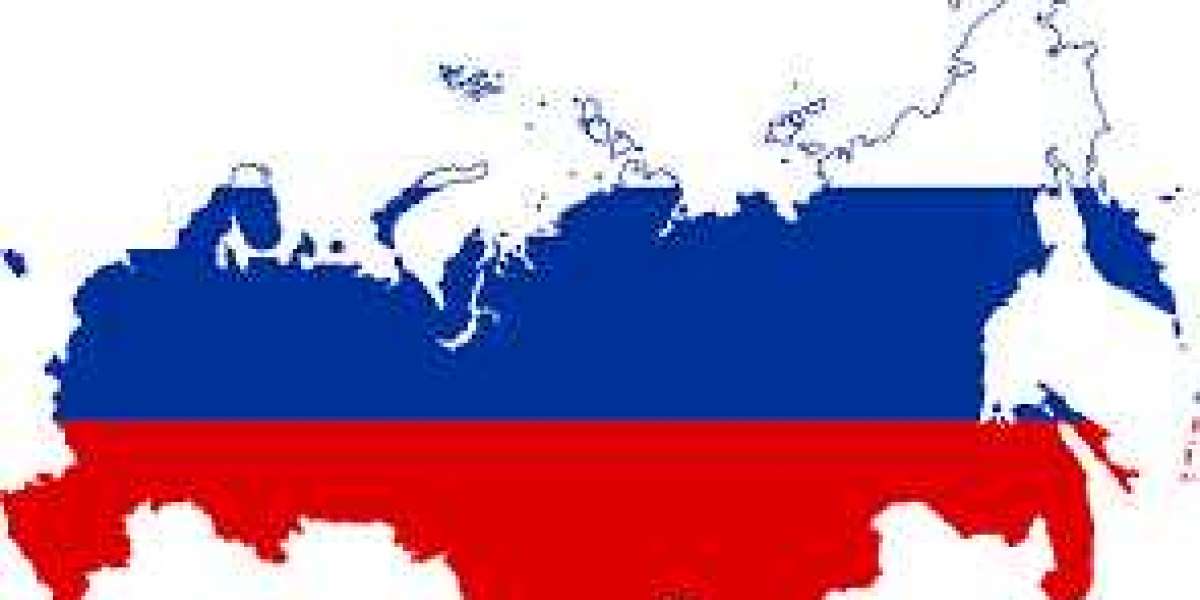A novel is a narrative work of prose fiction that tells a story about specific human experiences over a considerable length.
Prose style and length, as well as fictional or semi-fictional subject matter, are the most clearly defining characteristics of a novel. Unlike works of epic poetry, it tells its story using prose rather than verse; unlike short stories, it tells a lengthy narrative rather than a brief selection. There are, however, other characteristic elements that set the novel apart as a particular literary form.
Key Takeaways: What Is A Novel?
- A novel is a work of prose fiction that tells a narrative over an extended length.
- Novels date as far back as 1010's Tale of Genji by Murasaki Shikibu; European novels first appeared in the early seventeenth century.
- Novels overtook epic poetry and chivalric romances as the most popular mode of storytelling, with an emphasis on the personal reading experience.
- Today, novels come in a wide array of subgenres
Definition of a Novel
For the most part, novels are dedicated to narrating individual experiences of characters, creating a closer, more complex portrait of these characters and the world they live in. Inner feelings and thoughts, as well as complex, even conflicting ideas or values are typically explored in novels, more so than in preceding forms of literature. It’s not just the stories themselves that are more personal, but the experience of reading them as well. Where epic poetry and similar forms of storytelling were designed to be publicly read or consumed as an audience, novels are geared more towards an individual reader.
The following traits must be present for a work to be considered a novel:
- Written in prose, as opposed to verse. Narrators may have different degrees of knowledge or different points of view (first person versus third person and so on). While stylized novels such as epistolary novels do exist, the key distinction here is between prose and verse.
- Of considerable length/word count. There is no specific word count that automatically makes a work a novel, but in general, a short novel would be considered a novella, and even shorter than that would be short fiction.
- Fictional content. Semi-fictionalized novels (such as historical works inspired by true events or persons) exist, but a work of pure non-fiction would not be classified as a novel.
- Individualism, both on the page and for the intended audience.
In the everyday vernacular, the novel has come to be associated most closely with fiction, as opposed to nonfiction. For the most part, that association stands: not all fiction is novels, but all novels are fiction. A non-fiction prose work that is of the same length as a novel could fall into several other categories, such as historiography, biography, and so on.
Although a novel is typically a work of fiction, many novels do weave in real human history. This can range from full-fledged novels of historical fiction, which focus on a specific era in history or depict semi-fictional narrative about real historical persons, to works of fiction that simply exist in the “real” world and carry that baggage and implications. There also are early modern works of historical nonfiction that were embellished with unconfirmed traditions or made-up speeches for dramatic effect. Despite this, for most purposes we can assume that, when we’re talking about novels, we’re talking about works of narrative fiction.
Types of Novels
Novels come in all styles imaginable, with every author bringing their own unique voice to the table. There are a handful of major subgenres that tend to make up a large share of the market, although there are many other genres (and mash-ups of genres) out there. A few of the major types of novels you might need to know about:
Mystery novels
Mystery novels revolve around a crime that must be solved, often a murder but not always. The traditional format will have a detective—either professional or amateur—as the protagonist, surrounded by a group of characters who help solve the crime or are suspects. Over the course of the story, the detective will sift through clues, including false leads and red herrings, to solve the case. Some of the best-known novels of all time fall into the mystery genre, including the Nancy Drew and Hardy Boys series, Sir Arthur Conan Doyle’s Sherlock Holmes novels, and Agatha Christie’s novels. Christie’s And Then There Were None is the world’s best-selling mystery novel.
Science Fiction and Fantasy
One of the more popular genres of novels is science fiction and fantasy, which both deal with speculative world building. The lines between the two are often blurred, but in general, science fiction tends to imagine a world that’s different because of technology, while fantasy imagines a world with magic. Early science fiction included the works of Jules Verne and continued on through George Orwell’s seminal classics such as 1984; contemporary science fiction is a highly popular genre. Some of the best-known novels in Western literature are fantasy novels, including the Lord of the Rings series, The Chronicles of Narnia, and Harry Potter; they owe their debt to European epic literature.
Horror/thriller novels
Thriller novels are occasionally combined with other genres, most often with mystery or science fiction. The defining characteristic is that these novels are often designed to induce a sense of fear, suspense, or psychological horror in the reader. Early versions of this genre included The Count of Monte Cristo (a revenge thriller) and Heart of Darkness (a psychological/horror thriller). More contemporary examples might be the novels of Stephen King.
Romance
Romance novels of the present day have some things in common with “romances” of the past: the idea of romantic love as an end goal, the occasional scandal, intense emotions at the center of it all. Today’s romances, however, are more specifically focused on telling a story of a romantic and/or sexual love between characters. They often follow highly specific structures and are all but required to have an optimistic or “happy” resolution. Romance is currently the most popular novel genre in the United States.
Historical Fiction
Just like its name suggests, historical fiction is simply a fictional story that takes place at some real, past time in human history. Some instances of historical fiction involve fictional (or semi-fictional) stories about actual historical figures, while others insert wholly original characters into real-life events. Iconic works of historical fiction include Ivanhoe, A Tale of Two Cities, Gone with the Wind, and The Hunchback of Notre Dame.
Realist Fiction
Realist fiction is, quite simply, fiction that eschews heightened genre or style to attempt to tell a story that “could” take place in the world as we know it. The focus is on representing things truthfully, without romanticization or artistic flourishes. Some of the best-known realist authors include Mark Twain, John Steinbeck, Honoré de Balzac, Anton Chekov, and George Eliot.
Novel Structure and Elements
A novel can be structured in a myriad of ways. Most commonly, novels will be structured chronologically, with story segments divided into chapters. However, this is not the only structural option for authors.
Dividing Up the Story
Chapters tend to revolve around some small portion of the novel that is unified by a character, theme, or piece of plot. In larger novels, chapters may be grouped together into even larger sections, perhaps grouped by time period or an overarching portion of the story. The division into smaller "chunks" of story is one of the defining elements of a novel; a story that's short enough to not need such divisions is likely not lengthy enough to qualify as a full-lengthy novel.
Timelines and Points of View
Authors may choose to structure novels in a variety of different ways. Instead of telling a story chronologically, for instance, the story may toggle between different time periods in order to maintain suspense or make a thematic point. Novels may also switch between the perspectives of multiple characters, rather than focusing on a single character as the sole protagonist. A novel may be told in the first person (narrated by a character) or in the third person (narrated by an outside "voice" with varying degrees of knowledge).
Three-Act Structure
Regardless of the time frame, a novel’s plot will often follow what is known as the three-act structure. The opening chapters will be concerned with acquainting readers with the main cast of characters and the world of the story, before a specific incident, typically referred to as the “inciting incident,” shakes up the status quo and launches the “real” story. From that point, the story (now in “Act 2”) will enter a series of complications as the protagonist pursues some goal, encountering obstacles and smaller goals along the way. At the midpoint of the story, there will often be some major shift that raises the stakes, all leading up to the emotional and narrative climax towards the end of the novel. “Act 3” concerns itself with this finale and the fallout.







